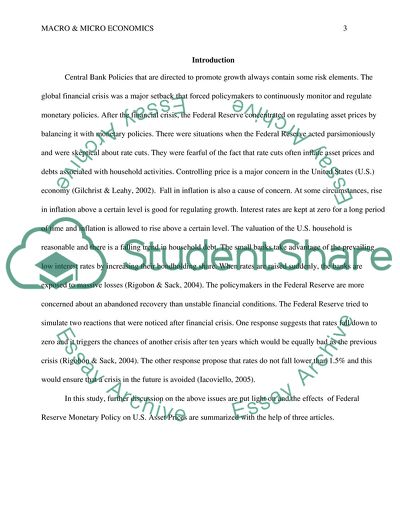Cite this document
(Analysis on U.S. Monetary Policy Research Paper, n.d.)
Analysis on U.S. Monetary Policy Research Paper. https://studentshare.org/finance-accounting/1840408-analysis-on-us-monetary-policy
Analysis on U.S. Monetary Policy Research Paper. https://studentshare.org/finance-accounting/1840408-analysis-on-us-monetary-policy
(Analysis on U.S. Monetary Policy Research Paper)
Analysis on U.S. Monetary Policy Research Paper. https://studentshare.org/finance-accounting/1840408-analysis-on-us-monetary-policy.
Analysis on U.S. Monetary Policy Research Paper. https://studentshare.org/finance-accounting/1840408-analysis-on-us-monetary-policy.
“Analysis on U.S. Monetary Policy Research Paper”. https://studentshare.org/finance-accounting/1840408-analysis-on-us-monetary-policy.


